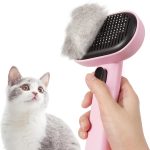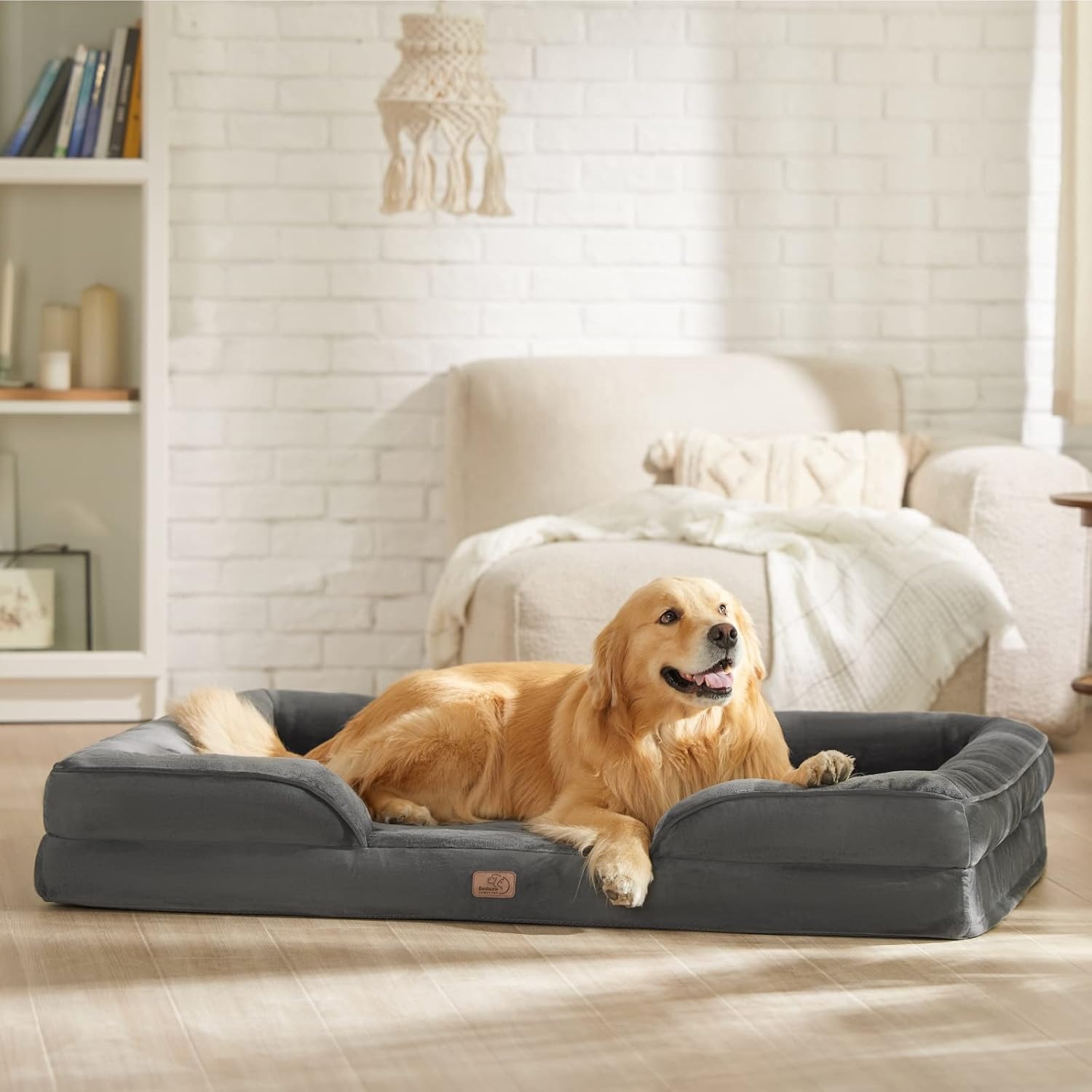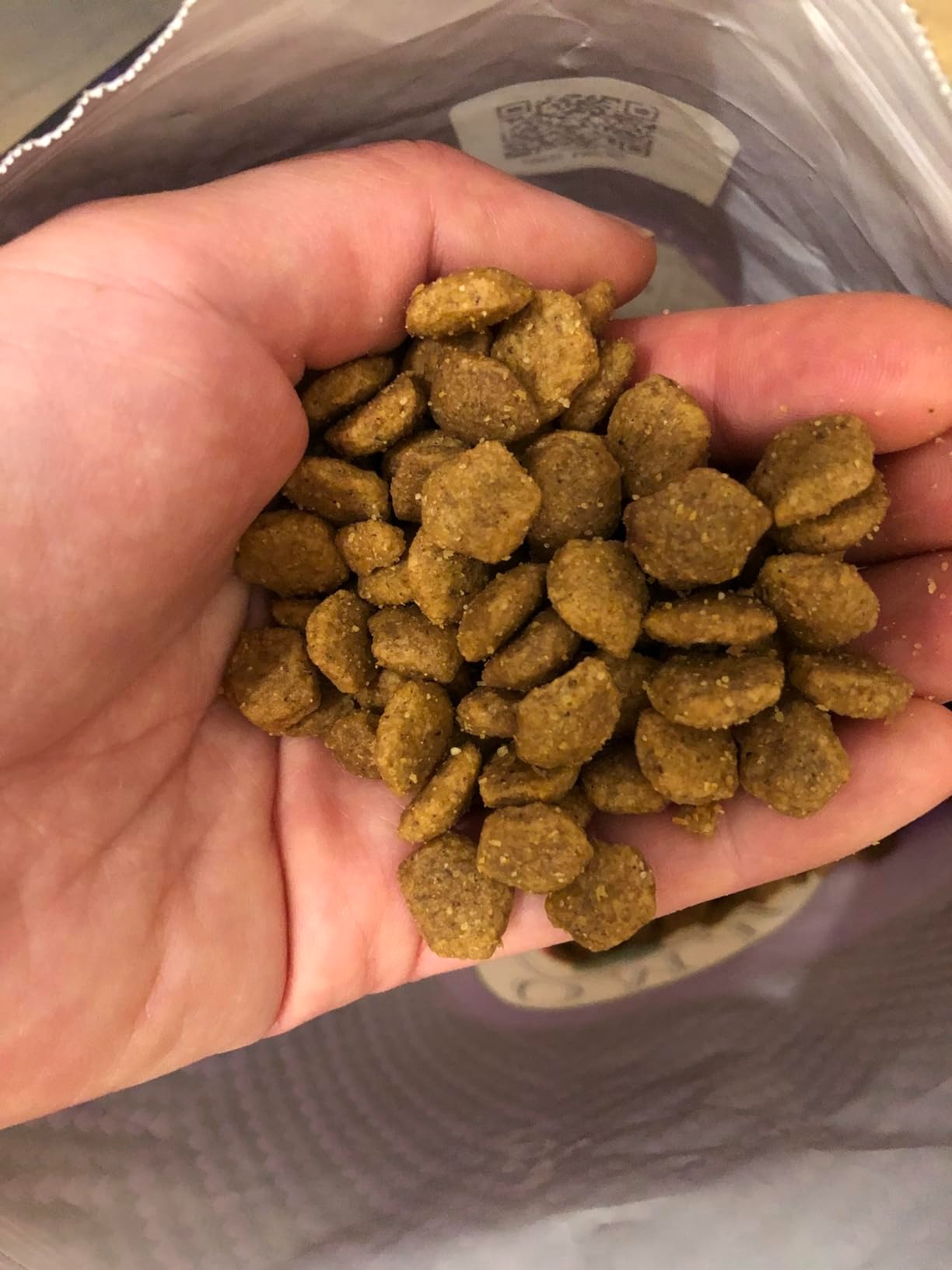When it comes to creating a happy and stimulating environment for your pet hamster, the right accessories are essential. One of the most significant additions to your hamster’s habitat is the pet toy for hamster. These toys not only provide entertainment but also play a vital role in enriching your hamster’s life. This article will discuss the various benefits of pet toys for hamsters, the types available, and tips on selecting the best toys for your furry friend.
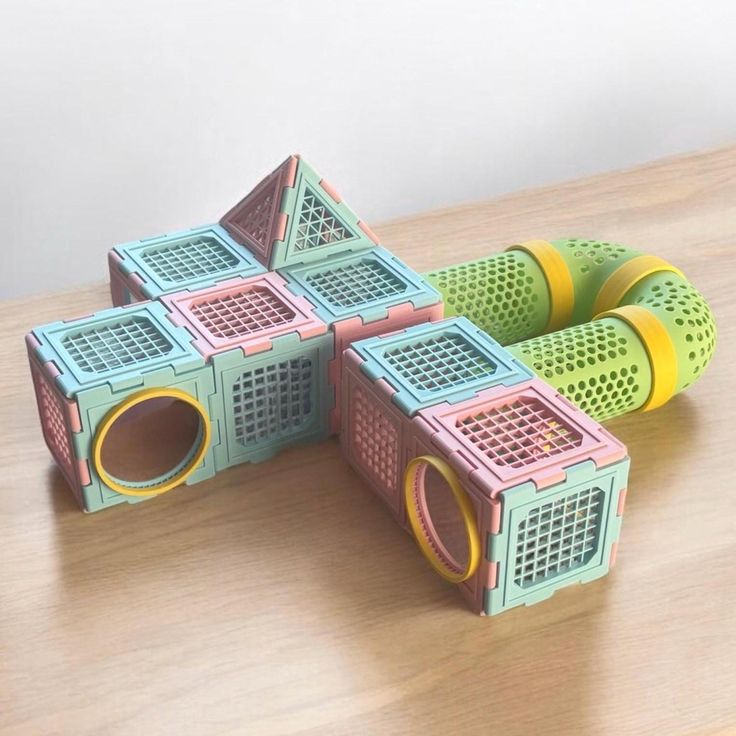
Why Enrichment is Important for Hamsters
Hamsters are naturally curious and active creatures. In the wild, they spend their days exploring, foraging, and playing. However, domesticated hamsters often find themselves in cages with limited space and stimulation. This lack of activity can lead to boredom, stress, and health issues. Introducing a pet toy for hamster into their environment can solve these problems.
- Mental Stimulation: Toys provide mental challenges that can keep your hamster engaged. They require your pet to think and strategize to access food or navigate mazes, stimulating their cognitive abilities.
- Physical Exercise: Many pet toys for hamsters encourage physical activity. Whether it’s a running wheel or climbing structures, these toys help your hamster stay active, reducing the risk of obesity or health issues.
- Stress Reduction: Just like humans, hamsters experience stress. Interactive toys can provide a distraction and a positive outlet for their energy, improving their overall mood.
Types of Pet Toys for Hamsters
There is a wide variety of pet toys for hamsters available on the market, each serving different purposes. Understanding these types can help you choose the best options for your pet, ensuring a stimulating and enjoyable environment.
- Chew Toys: Chew toys are crucial for your hamster’s dental health. Made from safe, natural materials like untreated wood or cardboard, these toys satisfy your hamster’s instinctive need to gnaw. Hamsters’ teeth grow continuously, so providing chew toys helps prevent dental issues such as overgrowth and malocclusion. Regular chewing not only keeps their teeth trimmed but also engages them mentally, as they enjoy the tactile experience of munching on a suitable item.
- Exercise Wheels: Exercise wheels are a staple in any hamster cage as they serve to channel your pet’s energy productively. Available in various sizes, styles, and materials, these wheels allow hamsters to run freely and perform physical activities, helping to mitigate obesity and related health concerns. Choosing the right size is essential; a wheel that is too small might be uncomfortable for larger hamsters, while one that is too large could pose accessibility issues for smaller breeds. Additionally, consider wheels with solid surfaces to avoid any foot injuries.
-
Tunnels and Hideouts: Tunnels and hideouts cater to hamsters’ natural instincts to burrow and create safe spaces. These toys provide mental stimulation and a sense of security, allowing your furry friend to explore, hide, and even sleep. Made from various materials such as plastic, fabric, or wood, tunnels can stimulate curiosity and encourage more active exploration. Hideouts also serve as cozy retreats where your hamster can feel secure, mimicking their natural habitat and reducing stress in an environment where they may feel vulnerable.
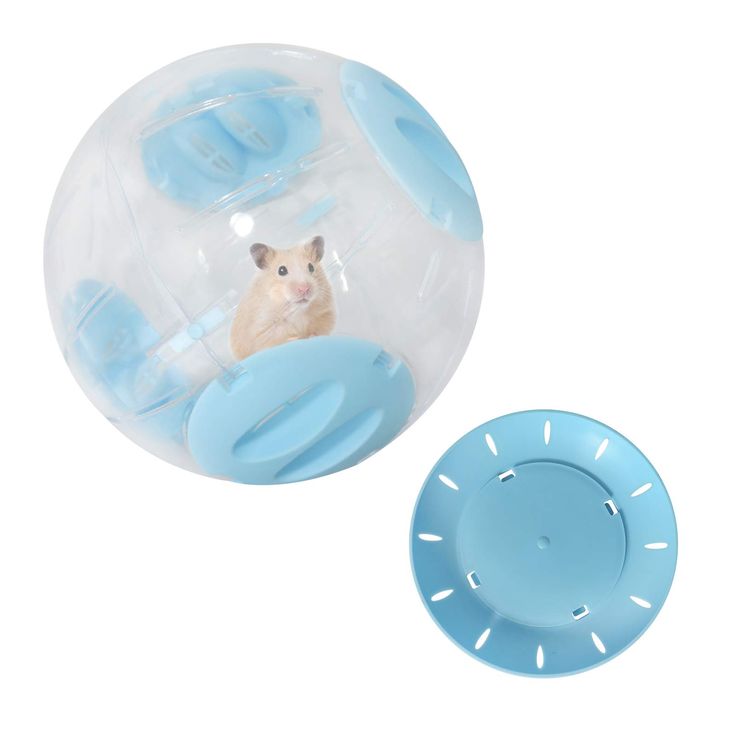
How to Choose the Right Pet Toy for Your Hamster
Selecting the perfect pet toy for your hamster requires careful consideration of your pet’s specific needs. Factors such as size, personality, and activity level should all influence your choices to enhance their wellbeing.
- Assess Size: The size of the toys is paramount in ensuring your hamster’s comfort and safety. Ensure that the toys you choose are appropriate for your hamster’s size. For instance, smaller breeds, like dwarf hamsters, may struggle with larger toys that are too cumbersome for them to handle. On the other hand, larger breeds may require sturdier options that can withstand their increased weight and activity levels. A well-sized toy not only promotes engagement but also prevents accidents or injuries.
- Consider Activity Level: Understanding your hamster’s activity level is crucial when choosing toys. Active hamsters tend to require more dynamic and engaging toys than those less active. For those that are often on the go, consider selecting interactive toys that encourage exercise and exploration. Options like tunnels, climbing structures, or toys that dispense treats can keep them physically and mentally stimulated.
- Monitor Material Safety: Safety is a top priority when choosing toys for your hamster. Since they often chew on their toys, it’s vital to select ones made from non-toxic materials. Avoid plastics that could chip or break into hazardous pieces, as well as toxic woods that may harm your pet’s health. Opt for toys made from natural, untreated materials, ensuring a safe play environment for your furry friend.
The Benefits of Interactive Toys
Interactive pet toys for hamsters offer a range of benefits that positively impact both their physical and mental health. These toys are designed to engage your pet actively, encouraging them to think, move, and explore, which leads to a more fulfilling and enriched experience.
- Enhanced Engagement: One of the most significant advantages of interactive toys is their ability to promote engagement. When hamsters are encouraged to work for a treat or navigate through a puzzle, they become more enthusiastic and intrigued by their environment. This challenge stimulates their natural instincts and keeps their minds sharp, significantly reducing the risk of boredom. Engaged hamsters are happier and exhibit more lively behavior, making them more enjoyable companions.
- Social Interaction: Many interactive toys allow for owner participation, providing opportunities for bonding and playtime. When you engage with your hamster using these toys, it strengthens your relationship, fostering a sense of trust and companionship. This quality time not only enriches your pet’s life but also enhances your own experience of pet ownership.
- Behavioral Improvement: A well-stimulated hamster is less likely to exhibit undesirable behaviors caused by boredom, such as excessive chewing on cage bars or lethargy. By providing interactive toys, you create a stimulating environment that encourages healthy play habits, ultimately leading to a happier and more active pet.
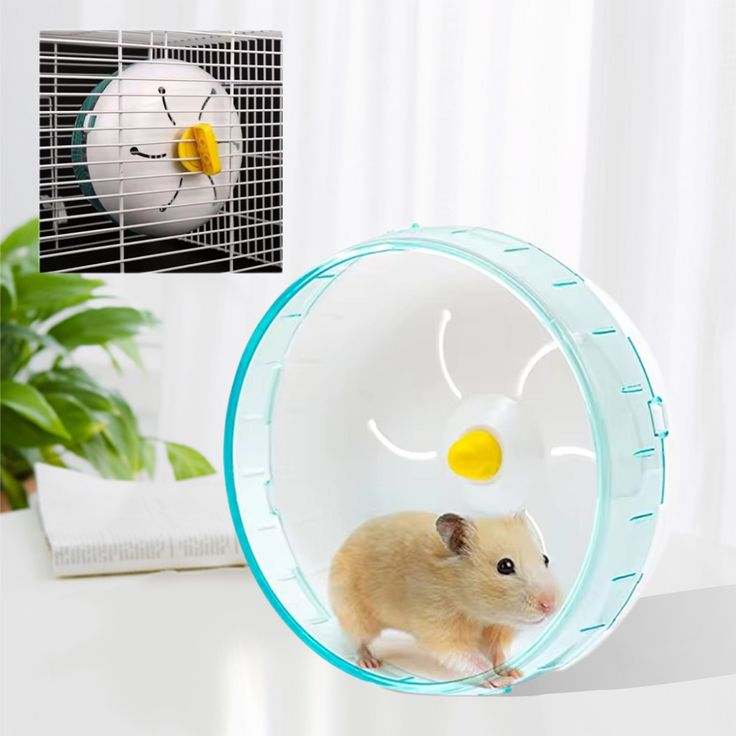
Safety Considerations When Choosing Toys
Safety should always be a priority when selecting a pet toy for hamster. Improperly designed or unsuitable toys can pose risks to your pet’s health.
- Inspect Regularly: Check toys frequently for wear and tear. Broken toys can lead to injuries or choking hazards, so ensure you replace them as needed.
- Avoid Small Parts: Small detachable parts can be easily swallowed or chewed off, posing significant risks. Opt for toys that are solid and do not have small components.
- Consider Natural Materials: Toys made from natural materials like wood are generally safer for chewing than synthetic options. Always ensure that any materials are pet-safe and free from harmful chemicals.
DIY Pet Toys for Hamsters
If you enjoy crafting, creating your own pet toy for hamster can be a fun and rewarding experience. DIY toys can be customized to suit your pet’s interests and are often made from safe, household materials.
- Toilet Paper Rolls: These can be transformed into tunnels or chew toys. Just make sure to remove any ink or plastic components before giving them to your pet.
- Tissue Boxes: An empty tissue box can make a great hideout or chew toy. You can fill it with shredded paper or hay to entice your hamster to explore.
- Fleece Treat Bags: Sew together pieces of fleece into small bags and fill them with treats or bedding for your hamster to dig through. This encourages foraging behaviors.

Maintaining and Rotating Toys
Once you’ve selected several pet toys for hamsters, it’s essential to maintain and rotate them to keep your pet interested and engaged.
- Regular Cleaning: Toys can accumulate dirt and bacteria, so cleaning them regularly helps ensure your hamster’s health. Wash and dry toys that can be sanitized; others may simply require a quick wipe down.
- Rotate for Novelty: Hamsters can quickly lose interest in toys if they see them all the time. Rotate the toys in and out of their habitat to keep the environment stimulating and familiar.
- Monitor Engagement: Pay attention to which toys your hamster favors and which ones they ignore. This insight can guide you in future purchases and help you understand your pet’s preferences.
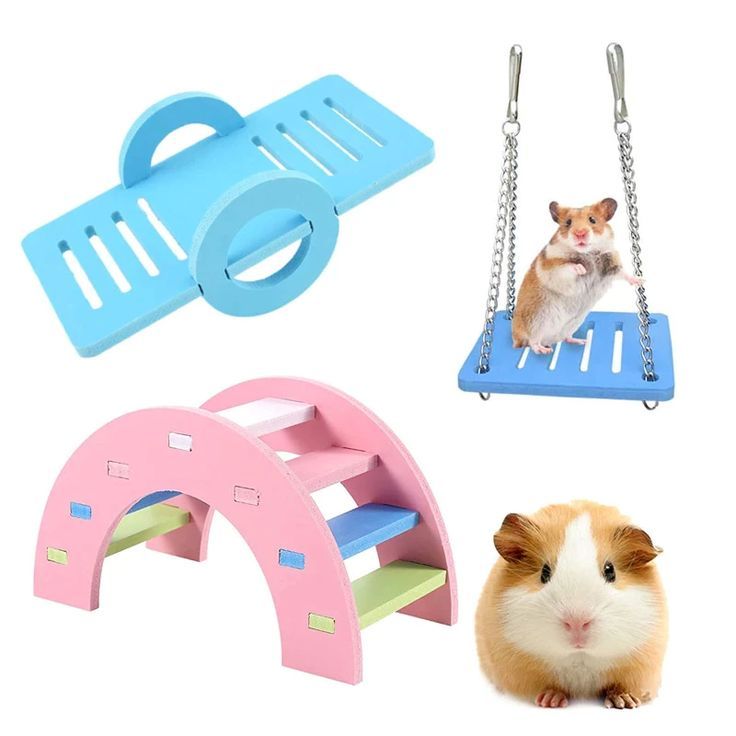
Conclusion: Investing in Your Hamster’s Happiness
In conclusion, providing a pet toy for hamster is a vital aspect of responsible pet ownership. These toys foster mental and physical well-being, ensuring that your hamster leads a happy life filled with exploration and play. With an array of options available, selecting the right toys requires careful consideration of your hamster’s needs and preferences. Remember to prioritize safety, maintain cleanliness, and frequently introduce new objects to keep your pet engaged. Investing in quality toys is investing in your hamster’s happiness and health—something that every pet owner should prioritize.




